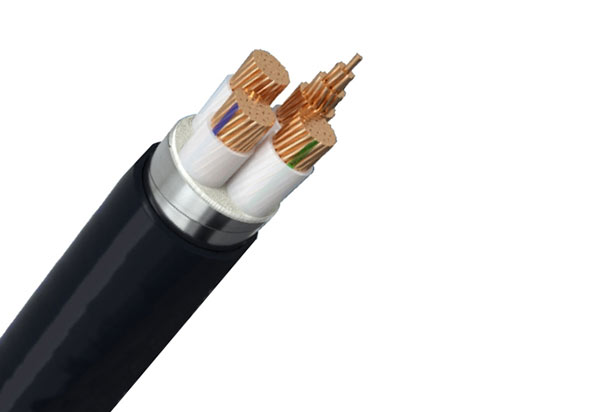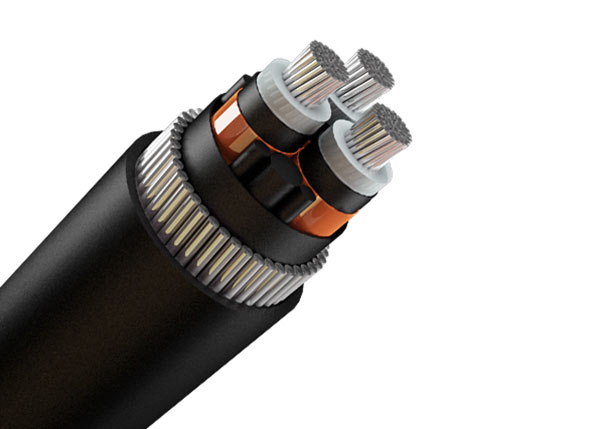The insulating layer is the same as the protective layer, shielding layer, sheath layer, and conductor core, and is the necessary basic component of the wire and cable. It ensures that the current or electromagnetic waves and light waves transmitted by the conductor core only propagate along the wire and do not flow to the outside world, while ensuring the safety of external objects and personnel.
Main insulation materials for wire and cable
Polyvinyl chloride (PVC)
① Main advantages: low price, simple process, light weight, good electrical performance, corrosion resistance, stable chemical performance, moisture resistance, non-flammable, so it is widely used in low-voltage power distribution lines, especially in terminal circuits, As basic insulation and sheathing material.
②The maximum continuous working temperature θn of PVC insulated wire is 70°C, while the final temperature (short-circuit transient temperature) θm is 160°C (140°C for cross-sectional area of 300mm2 and above); there are also heat-resistant plasticizers added For PVC material, its θn can reach 90℃, but θm remains unchanged.
③The main disadvantages of polyvinyl chloride: it is not suitable for low temperature environment, it becomes hard and brittle at low temperature, it cannot be applied in the environment below -15°C, and it is not suitable for construction in the environment below -5°C; PVC will emit toxic gas when burning, The scope of application is greatly limited; it is poorly adapted to atmospheric aging conditions, and under strong sunlight or high temperature environments, the plasticizer is easy to volatilize and accelerate the aging of the insulation.
④In order to overcome the shortcomings of PVC, it is usually necessary to add a variety of polymers to improve its performance, such as adding plasticizers to increase flexibility; plasticizers are added with antimony trioxide and chlorinated paraffin to increase flame retardancy; Molybdenum chloride reduces smoke generation. Different additive formulas and different molding processes can also produce a variety of derivative products, such as those with increased flexibility, increased rigidity, improved wear resistance and various products that can increase the working temperature up to 90 °C.

Cross-linked polyethylene (XLPE)
① Cross-linked polyethylene is a polyethylene (PE) material with a linear molecular structure, which is cross-linked into a three-dimensional network molecular structure under the bombardment of a cross-linking agent and radiation or electron beams. At present, there are two types of chemical cross-linking and radiation cross-linking. Radiation cross-linking can maintain good electrical properties and flame-retardant properties, and the quality is stable. It is currently a better cross-linking method.
②Main advantages: good insulation performance, large carrying capacity, low dielectric loss, light weight, corrosion resistance, moisture resistance, cold resistance, halogen-free, and will not emit a large amount of toxic smoke when burning.
③The maximum continuous working temperature θn is 90°C, and the final temperature θm is 250°C, which is obviously superior to insulating materials such as PVC and rubber.
④ Ordinary cross-linked polyethylene using chemical cross-linking methods does not have flame-retardant properties, and flame retardants need to be added, but the mechanical and electrical properties will be reduced; the radiation cross-linking process can be significantly improved; XLPE is more sensitive to ultraviolet radiation Sensitive, not suitable for use outdoors and places with strong sunlight, otherwise sheaths or protective measures should be provided.



